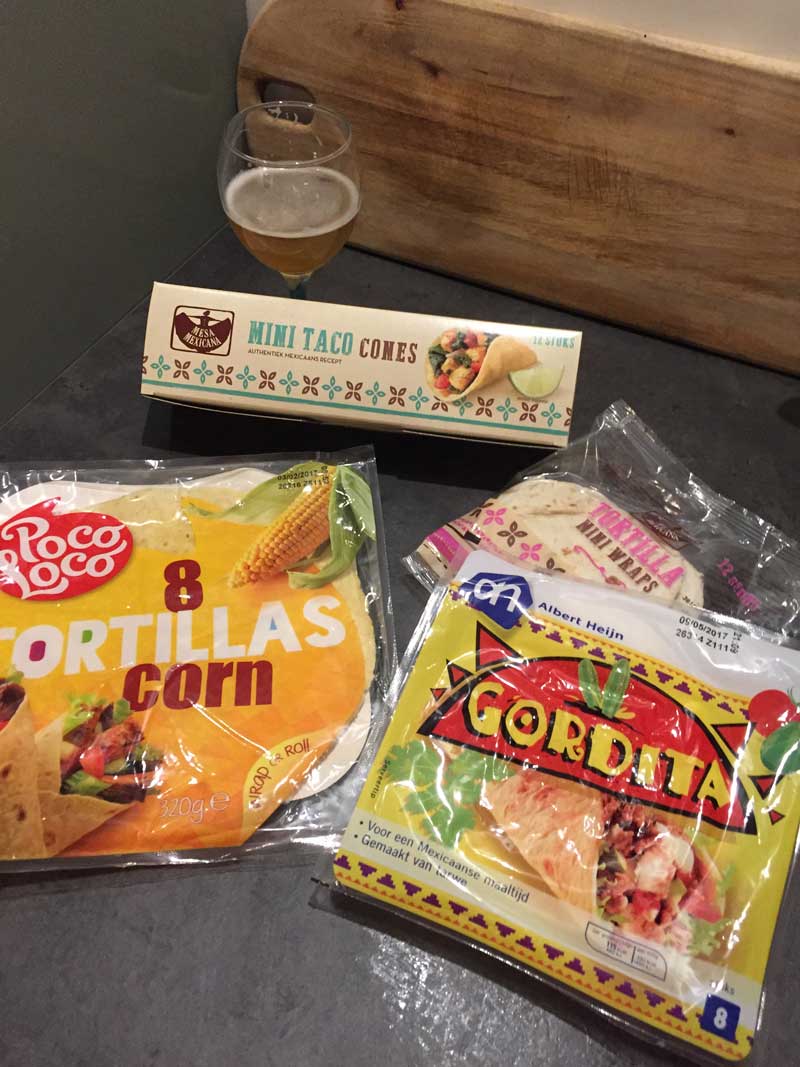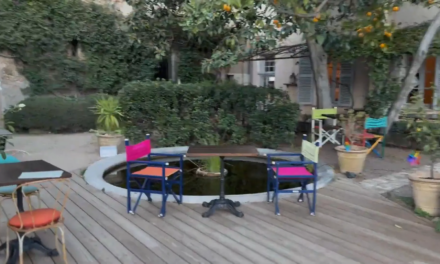
The Math of Giving: Why 1 + 1 = 3 (Waffle House Edition)

Table of Contents
- How a small, unexpected gift reveals a bigger truth
- What the moment teaches
- Why receiving matters
- Practical ways to give it forward
- Thinking beyond the tip
- Short checklist: Receive and give
- How can small gestures matter more than big ones?
- Why is receiving an important part of generosity?
- What does “give it forward” mean compared to “pay it forward”?
- How do I practice being open to receiving?
- What if I can’t afford to give back financially?
How a small, unexpected gift reveals a bigger truth
Breakfast at a humble Austin diner turned into a lesson worth remembering. Two people, a paper receipt, and a waitress who wrote “-10%” on the bill. The math did not add up, but the meaning did.
The bill read $23. The receipt had a note: minus 10%. When the numbers were checked later, the total looked closer to a 30% discount. No announcement. No request. Just a quiet, unnecessary act of generosity that left both the giver and the recipients with something more than dollars.
What the moment teaches
This is not about perfect arithmetic. It is about the spiritual math of human interaction: one small act plus one open heart can equal something far greater than the sum of its parts.
Six short lessons from a diner table
- Giving does not require abundance. A person does not need wealth or recognition to offer something meaningful.
- Generosity often comes without explanation. The motive may be private, trivial, or spontaneous. The value is in the gift itself.
- Receiving is a skill. Accepting kindness gracefully is as important as offering it.
- One small gesture reverberates. A tiny discount sparked a conversation and a mindset shift that lasted the whole day.
- Give it forward, not pay it forward. Language matters. “Giving it forward” emphasizes sharing what arrived to you, not settling a debt.
- Open to receive, then overflow to give. Receiving refills the well so that giving becomes natural and abundant.
Why receiving matters
Many people are primed to give and reluctant to receive. That reluctance can close off the entire cycle of generosity. Receiving is not passive. It is an active choice that:
- acknowledges the other person’s generosity
- creates connection and trust
- builds the emotional capacity to pass something on
When someone hands you a gift—even a small discount—allow it to land. Say thank you. Reflect briefly on what it means. Then ask: what can I do next to make that circle wider?

Practical ways to give it forward
Giving back does not need to be dramatic. Here are approachable actions that multiply a simple kindness into meaningful ripple effects.
- Pay the original price as a tip. If a discount is unexpected, honor the intended value by tipping on the main bill.
- Pass on a small favor. Buy someone a coffee, hold a door, send a note of appreciation.
- Share time or expertise. A few minutes of attention can be more valuable than money.
- Be intentionally open. Practice receiving compliments, help, and gestures without self-judgment.
- Create habits. When kindness is a habit, it scales naturally.

Thinking beyond the tip
The story lights up something easy to miss: generosity changes the energy of a day. It rewires expectations. A spontaneous act from a stranger can prompt reflection, conversation, and then action. That is how 1 + 1 becomes 3.
Short checklist: Receive and give
- Notice when someone gives you something without asking for anything in return.
- Accept the gift with gratitude and respect the giver.
- Decide deliberately how you will return more than you received.
- Make the return simple, timely, and personal.
- Repeat. Make openness part of your daily practice.
How can small gestures matter more than big ones?
Small gestures are often easier to repeat, cheaper to sustain, and feel more personal. A tiny, unexpected kindness can alter perception and create momentum for further generosity, which multiplies impact over time.
Why is receiving an important part of generosity?
Receiving completes a social exchange and validates the giver. It also replenishes your capacity so you can pass generosity forward. Without receiving, the cycle stalls and good intentions may never propagate.
What does “give it forward” mean compared to “pay it forward”?
“Give it forward” emphasizes sharing what you were given as an act of abundance rather than repaying an obligation. It frames generosity as continuing a flow, not settling a debt.
How do I practice being open to receiving?
Start small. Accept compliments, allow help, and say thank you without qualifying it. Notice discomfort and let it pass. Over time, receiving will feel less like vulnerability and more like nourishment.
What if I can’t afford to give back financially?
Generosity is not only monetary. Time, attention, kindness, a skill shared, or even a thoughtful message can be powerful ways to give back. The key is intention and follow-through.
“Giving doesn’t require abundance. Giving doesn’t wait for permission. Giving doesn’t need wealth, wisdom, or readiness.”
An ordinary table at a modest diner became a reminder: stay open, receive fully, and give freely. The smallest gestures can transform ordinary days into opportunities for connection.
Further listening: For practical ideas that complement this piece—especially about decision-making and managing your energy so generosity becomes sustainable—check out this interview on Bradley Charbonneau’s Repossible channel: decision-making and energy pennies.




























